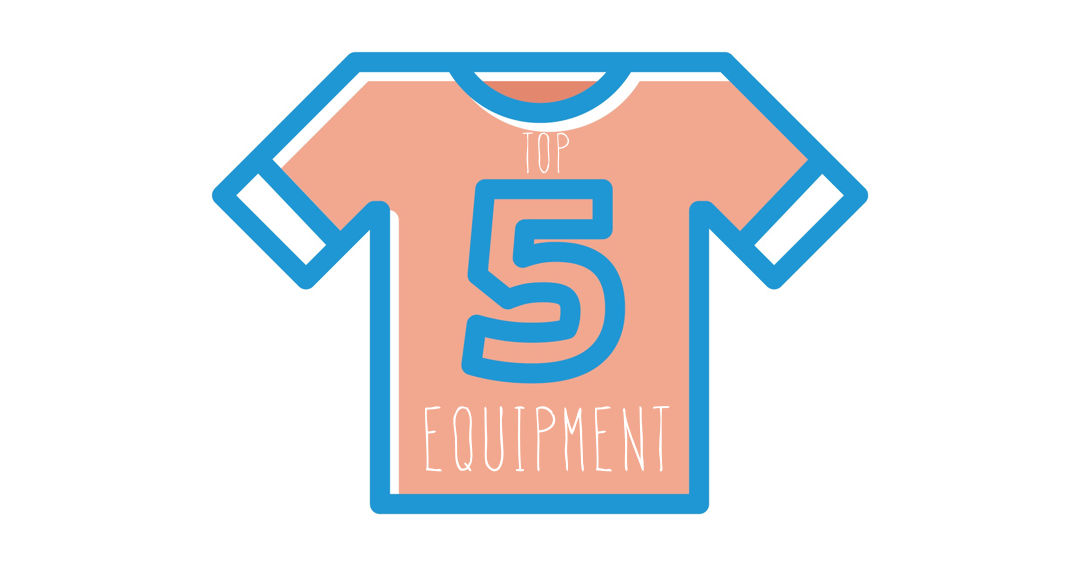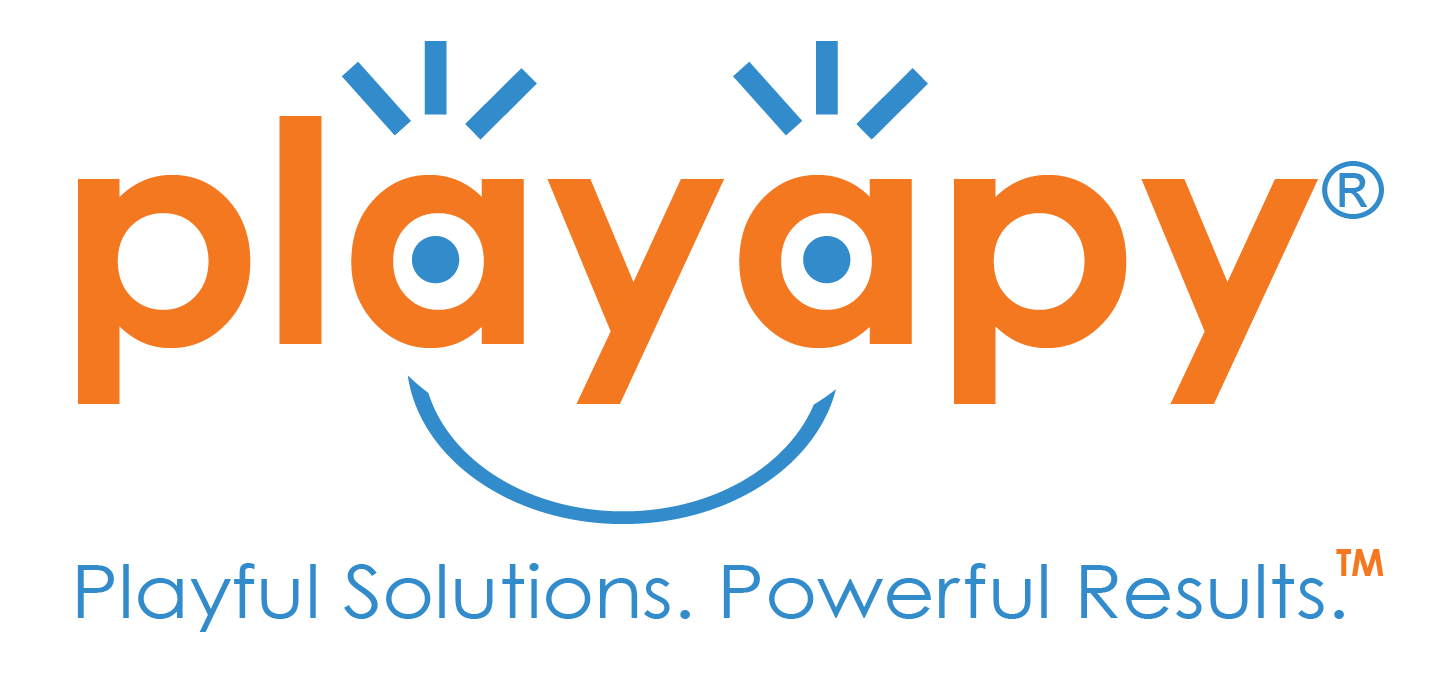
29 Apr Top 5 Equipment Recommendations for Parents of Young Children
I’m an occupational therapist with close to 20 years of experience working with parents of young children. I often get asked, “What do you recommend I buy?” First, I try to use toys and objects already in the home as much as possible. I understand that starting therapy services with your child can be overwhelming enough without having to buy a bunch of new things. However, sometimes using particular equipment can be useful and help to speed up the therapeutic process. This April in celebration of National Occupational Therapy Month, I created a list of my top five equipment recommendations for parents of young children.

# 1 Therapy Ball
When someone looks into the trunk of my car, one of the first things they mention is that I have a lot of balls. One ball simply just won’t do. The good news is that most families do have an assortment already and may not be aware of it. The balls range in size from a stress ball that fits into the palm of your hand to a kick ball to a large therapy ball. Therapy balls go by many names including body, yoga, stability, core, balance, and exercise balls. What they have in common is that they can withhold the weight of a child (or even an adult) without bursting. These balls vary in size and are used in play with babies and big kids. A therapist can train you to use the ball in different ways, whether it is to create vibration, motion, or pressure while in contact with the ball in various positions. Depending on the activity, you can soothe, energize, or center the focus of a child simply by bouncing them on a ball. Check out this older video from Playapy for some ideas.

#2 Scooter Board
A scooter board is typically a plastic board with four wheels attached underneath. It is used to help build strength in the arms and trunk or core muscles. It can be fun to maneuver on alone, but typically a child is set up with an activity like assembling a puzzle to encourage movement from one place to another. The child is asked to lie on the scooter board with tummy supported and feet lifted to encourage use of arms to propel forward across the floor to obtain the pieces or other objects. This helps to develop strength of the neck muscles and helps with other developmental skills like endurance, coordination, and attention span. Another added benefit of playing on the scooter board is providing movement indoors on rainy days. Check out this older video and preschooler video from Playapy for additional ideas.

#3 Play Tunnel
Some parents are familiar with play tunnels for babies and toddlers. However, many don’t necessarily understand why it can be helpful. Play tunnels encourage crawling and placing weight on the hands. This helps to increase hand strength and the development of arches in the hand needed for more advanced skills like handwriting and shoelace tying when children are older. Parents can encourage movement in a play tunnel by having a child transport items one-by-one through the tunnel to place pegs into a pegboard for example. You can also use a play tunnel to work on memory skills. You can ask a child to obtain a specific object at one end of the tunnel and see if he can remember it by the time he reaches the other end of the tunnel.

#4 Yoga Mat
This may seem like an unusual suggestion for a child, but it is my most used piece of exercise equipment. I use a yoga mat often because I encourage children to lie on the floor as much as possible. Most parents have heard of tummy time for infants but don’t realize that tummy time never gets old. There are many benefits to spending time on the floor for all kinds of activities like coloring, looking through books, and assembling puzzles. These benefits include increasing strength in the arm joints and neck. Using a yoga mat is also a great way to introduce yoga poses to a child. Many poses are names after animals, which kids love to pretend being. Hence, children can get the benefits of yoga including flexibility, strength, and more from spending time and practicing exercises on a yoga mat.

#5 Swing
Rounding out the top five equipment recommendations is a swing. Although often used outside the home, swings can provide a huge impact for children that are either over or under reactive to movement. For those that are over reactive to movement, a swing can be frightening or overwhelming. It is good to slowly and incrementally introduce the experience so a child can gain exposure, trust, and confidence on the swing. For those that are under reactive, a swing can provide a quick and intense way to satisfy a child’s need for lots of stimulation. The feeling of being off the ground and moving through the air can provide a sensory experience for a child that can calm the body as well.
There are many different pieces of exercise equipment that you can invest in to help your child. After all these years as a therapist, these are the ones that I feel provide the most value in terms of use in play. Do you have any of these already? Have they been useful to you? Share your thoughts in the comments section. Have a playful day!
Amy Baez, MOT, OTR/L
Amy Baez is the Founder of Playapy and Creator of the PALS Handwriting Program. She is a pediatric occupational therapist, speaker, and parent coach with over 18 years of experience.
